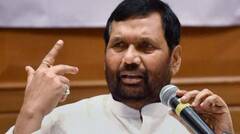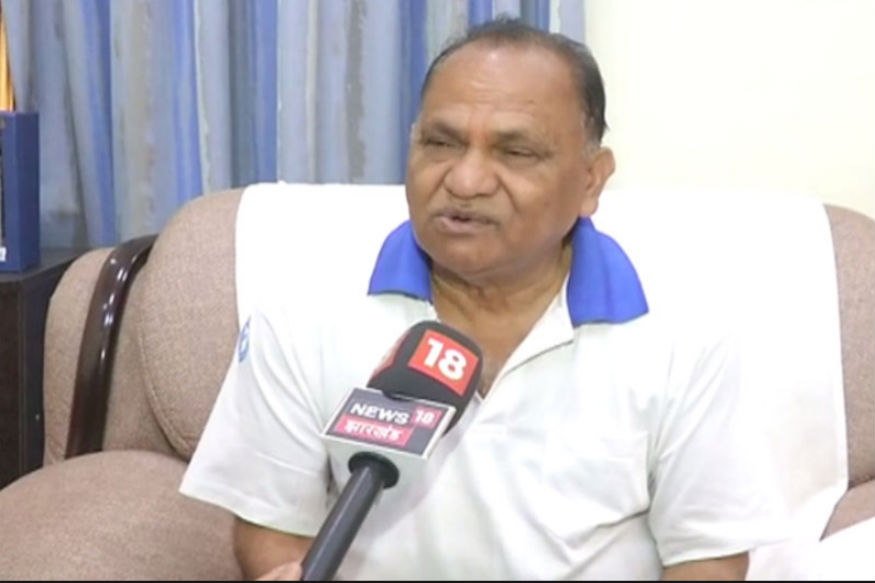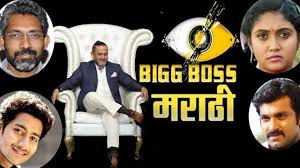Source: downtoearth.org.in
Imagine a dilapidated room, with no plaster on the walls and any doors, window panes — this is what an anganwadi centre (AWC) in Bihar’s Talimpur village in East Champaran district looks like. More, the building has neither a toilet, hand washing facility nor drinking water.
“I have to carry chairs, utensils and other essentials for making food, charts for teaching children, and my registers everyday to and fro from home,” says the sevika (the main service provider) of the AWC in Talimpur village’s Madhuban block told DTE.
Most AWCs in Muzaffarpur, East Champaran (Motihari) and Sitamarhi districts that Down To Earth (DTE) visited, appears to be in similar appalling condition.
The state has recently witnessed a massive outbreak of Acute Encephalitis Syndrome (AES), which claimed lives of more than 130 children. Malnourishment has widely been pegged as the causal factor for AES.
The state also has the highest case of malnourished children (43.9 per cent) in India.
The Anganwadi scheme was started as a rural child care programme in 1975 as part of the Integrated Child Development Services (ICDS) programme. The centres are responsible for providing food and nutrition to children and also pregnant women.
An AWC has a sevika and sahaiyka (the helper who prepares food). The menu is fixed — khichdi, kheer, halwa, rasiav (a sweet local dish to be given on particular days of the week). Typically, an AWC, registers 40 children (3-5 years) for food.
It registers another 40 (0-3 years), eight pregnant and eight lactating mothers to provide take-home-ration (THR). The THR consist of 2.5 kg rice, 2.5 kg dal and some soybean to each of the beneficiaries.
But, many centres get children and mothers more than they could afford. As a result, many do not get registered and remain under nourished.
This is despite the 2006 Supreme Court order directing anganwadi services to be universalised.
“There are many more but I can’t register all of them as the numbers are fixed. Therefore I also have to face wrath of parents whose kids I don’t register,” said Sahaiyka from Talimpur village, adding they try to take only one member (child/lactating or pregnant woman) from a family even if there are more eligible members so that more and more families can be covered.
Out of 2.96 lakh children registered in AWCs of the district’s villages, 27,000 are malnourished, according to a survey report sent by Muzaffarpur district programme manager of ICDS department. This was about those children who are registered. The level of malnourishment in children not registered is yet to be known, the report said.
Most of the deceased’s families that DTE visited said their child was not registered with any AWC.
“There is no AWC nearby. The one that is far did not register my child,” said a man from Muzaffarpur’s Marwan block, who lost his child due to AES. Parents in Sitamarhi and Motihari also narrated a similar story.
Moreover, many of sevikas have also not received their salaries as well as the budget allocated for their centres.
“The villagers come charging on me as to why I am denying food. But the fact remains if I am not getting money what can I do,” said the sevika from AWC in Runni Saidpur block of GIddha Phulwariya village in Sitamarhi district.
The last budget was received in the month of March, she said, teary-eyed. Till the next lot, she provides the children with biscuits from her own pocket on a daily basis.
“If we don’t do it, the children will stop coming and they would not turn up even when I would have the budget. Then I will be questioned by supervisor why children are not there. What would I do then when I would be slapped with notices,” the sahayika rued, adding that they have raised the concern to authorities, but to no avail.
The story is same across AWCs of all the three districts where DTE visited.
According to the recent national family health survey, only 37 per cent children got food from AWCs in Bihar. Incidentally, Bihar had second highest number of malnourished children after Uttar Pradesh till NFHS-3 But in last NFHS survey, it even surpassed Uttar Pradesh.
“Whatever you found in the anganwadi kendras of these villages is in fact of story of villages across Bihar. The story would not have been different, had you not visited the villages before the advent of AES,” said Shakeel, the Bihar coordinator of Jan Swasthya Abhiyan.
“Besides the central government’s scheme, the state also has a couple of them. But the result is to be seen on the ground,” Shakeel added.









